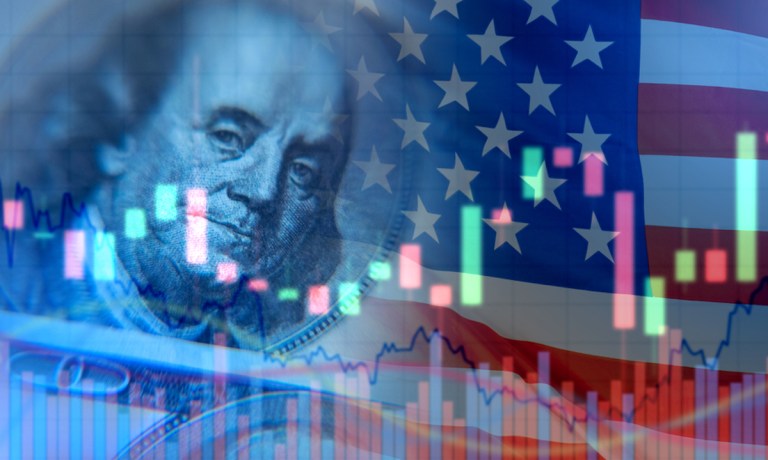
Strong consumer spending this summer helped drive economic growth in the U.S.
Figures released Thursday (Oct. 26) by the U.S. Commerce Department showed gross domestic product (GDP) increasing at a seasonally- and inflation-adjusted 4.9% yearly rate in the third quarter, the fastest pace in two years. Real GDP rose 2.1% in the second quarter.
According to the report, the increase in real GDP reflected increases in consumer spending, private inventory investment, exports, government spending, federal government spending and residential fixed investment,” offset somewhat by a drop in nonresidential fixed investment.
The uptick in consumer spending was driven by greater spending on services (housing, utilities, food services and accommodations), as well as prescription drugs and recreational products in the goods category.
Much of the commentary around this GDP jump comes with a caveat: “It might not last.” For example, a report by the Wall Street Journal noted a variety of possible economic pressures, including increasing long-term interest rates, wars in Ukraine and the Middle East and the threat of a partial government shutdown.
And as noted here last week, the latest edition of the Federal Reserve’s Beige Book suggests that economic activity since September has been stagnant at best.
“At worst, there are some signs that consumer spending, which keeps the economic engine running, may be losing some of its most vaunted momentum,” PYMNTS wrote.
The Fed report said that overall activity has been marked by “little to no change” since September, something that was the case across the Fed’s dozen districts.
The report noted that consumer spending has been “mixed” at retailers and auto dealers, with loan demands showing slight or modest declines due to higher interest rates.
“New York offered a case study, of sorts,” PYMNTS wrote. “The Fed reported that consumer spending was up, overall, although it is gaining at a ‘slightly slower pace.’ Spending on apparel and home electronics gained ground, but spending at restaurants and on travel and entertainment “slowed after a strong summer, in part reflecting seasonal shifts.”
By contrast, the Philadelphia Fed observed an overall spending decline, where retailers noted a “modest decline in overall sales — a faster pace than the slight decline in the prior period. One retail contact noted that customers were visiting less frequently and substituting lower-priced goods when possible.”